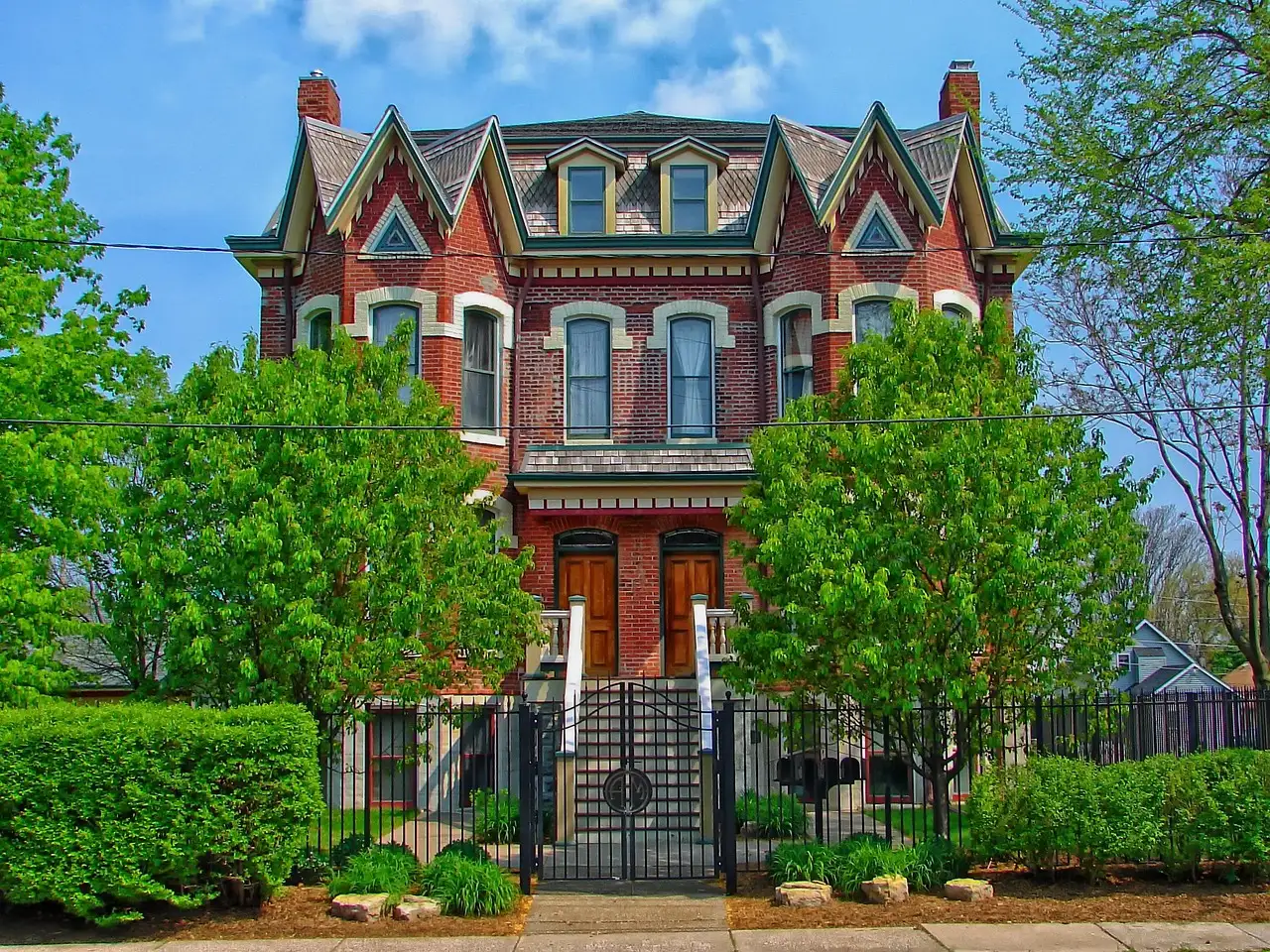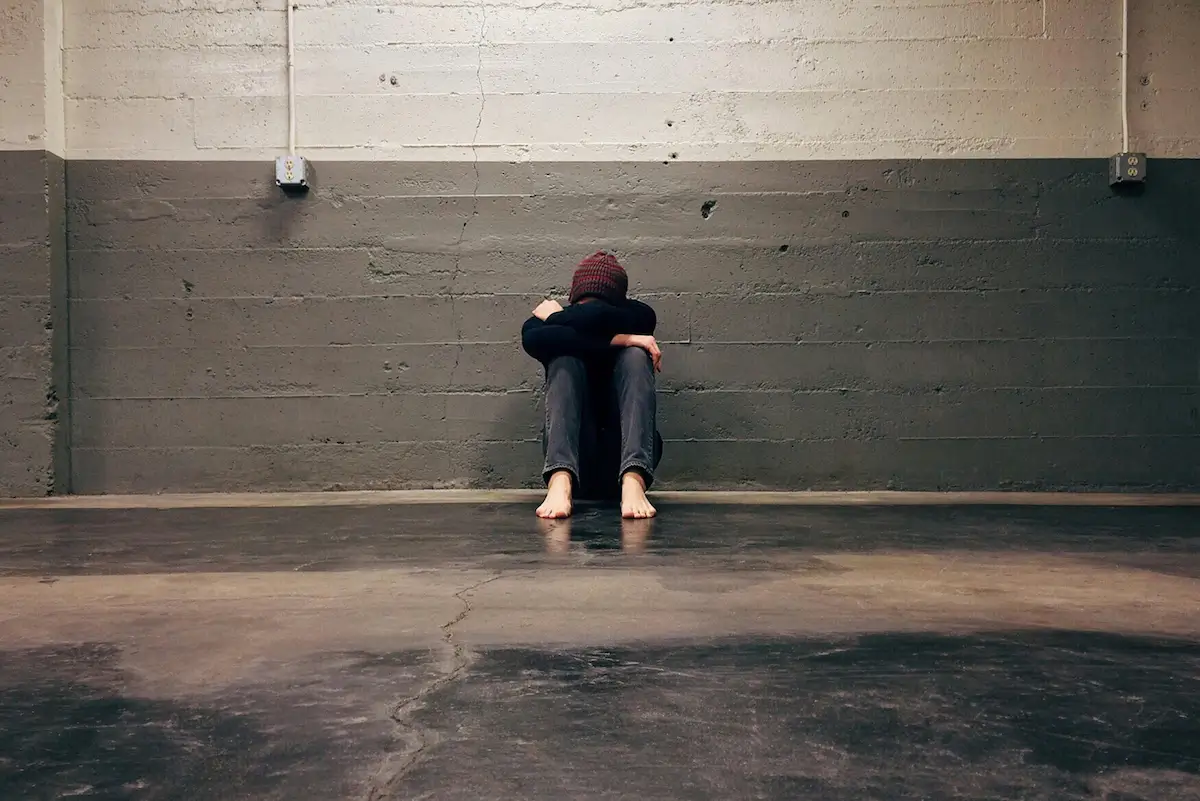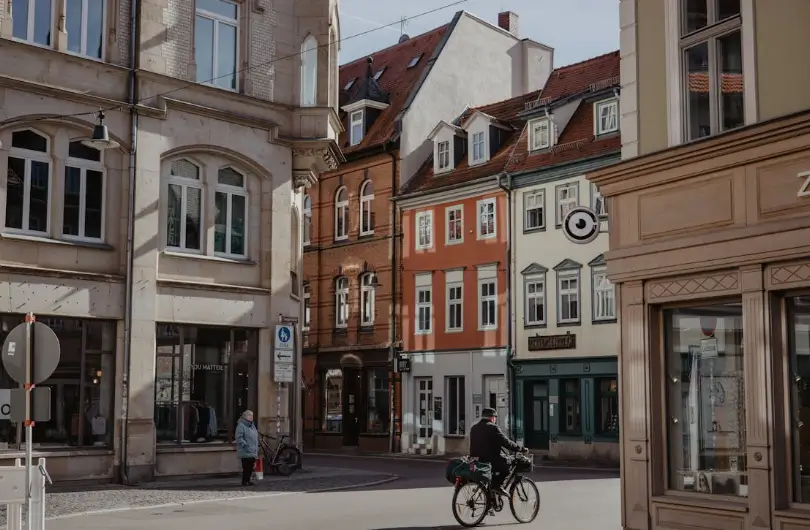Are Historic Homes Worth the Cost?
Historic homes have that undeniable charm: creaky floors that whisper stories, crown molding that somehow feels fancier than anything IKEA has to offer, and windows that practically beg you to gaze pensively into the distance.
But let's not kid ourselves, buying a historic home is basically agreeing to a long-term relationship with a building that might ghost you via crumbling foundation.
So, are they worth it? Ooh, child. Grab your favorite cup of coffee (or tea if you're a tea person), have a seat, and let's talk.
The Allure of Yesteryear
There’s something magnetic about a home that predates your grandparents. The craftsmanship. The character. The fact that your doorknobs are made of real brass and not brushed "who-knows-what". Historic homes often feature things that are nearly impossible to find in new builds. Things like built-ins, wood-burning fireplaces, pocket doors, and the kind of neighborhood layout that came before the Great Suburban Driveway Invasion of the 1960s.
You get a neighborhood where it doesn't feel awkward to walk in (coupled with vintage sidewalks), stunning historic trees adorned with wise grandeur (i.e., mature trees), and porches made for actually talking to your neighbors...imagine that! Buying a historic home can feel like buying into a time when cities were built for people first, not cars.
But as every HGTV binge-watcher knows, charm has a price tag...a hefty price tag.
The Hidden Costs
Let’s get the painful truth out of the way: historic homes can be money pits. Like, “surprise-you-need-a-new-sewer-line” kind of money pits.
Roofs? Expensive. Windows? Custom-sized and definitely expensive. Electrical systems? Often wired by someone who thought “code” was just a suggestion...and expensive. Oh, and let’s not forget asbestos and lead paint, the vintage toppings no one asked for.
Even basic upgrades can come with a twist. Want to paint your house? Better hope your local historic preservation board agrees with your shade of beige. Thinking of adding solar panels? Get ready to explain your decision to a panel of folks who think 1910 was the architectural golden age and that electricity is still a passing fad.
When Character Meets Code
Beware, if you’re in a designated historic district, you're signing up for a part-time job as a preservationist. Any exterior changes to your historic home often require approval. That includes new windows, fences, sometimes even paint colors. (Yes, really.)
It’s like owning a home with a very picky, very vocal HOA... except the HOA is history itself.
That said, historic districts exist for a reason. They protect the visual integrity and cultural fabric of a neighborhood. Without them, we’d have bulldozed every cute Craftsman by now in favor of vinyl-clad boxes with “character” provided by plastic shutters...(I shudder at the thought)
But still, balancing preservation with practicality is... well, a balancing act. It's kind of like trying to install central AC in a house that still thinks "air conditioning" means opening a window....uh, not in Florida it doesn't!
The Zoning Angle
Historic homes often sit in neighborhoods that predate modern zoning. This can be both a blessing and a curse. You might find yourself in a walkable, mixed-use area with real community life. Or, you might discover your property is zoned in a way that makes modern uses nearly impossible.
Want to turn that charming old carriage house into a rental unit? Good luck navigating the maze of zoning variances and special use permits. It’s the policy equivalent of trying to retrofit an iPhone charger into a rotary phone.
And yet, these are the kinds of places where "missing middle" housing once flourished. Things like duplexes, granny flats, small shops on the corner. Historic neighborhoods can be models for the kind of urbanism we say we want today... if we’d stop regulating the life out of them.
So, Are They Worth It?
That depends on your tolerance for mysterious leaks, unpredictable utility bills, and the occasional ghost (no guarantees, but we’re not ruling it out).

If you love the aesthetic, you value being able to walk in your neighborhood, and want to live in a place with actual architectural soul, then yes. Historic homes can be deeply rewarding. You’ll likely have a stronger sense of place, possibly stronger leg muscles from all the stairs, and a house that stands out from the cookie-cutter crowd.
But if you’re looking for turn-key, energy-efficient, and regulation-free? You might want to swipe left.
Final Thoughts (and a Friendly Warning)
Historic homes are like dating someone incredibly interesting but high-maintenance. They're gorgeous, full of stories, and sure to impress your friends... but they’ll also eat your weekends, your wallet, and maybe your sanity.
So if you're considering one, go in with eyes wide open and a good home inspector.
And maybe a budget line item for unexpected surprises labeled: "Oops, That’s Original Plumbing."
After all, it’s not just a house. It’s a home...with living history and creaky floors, drafty charm, and more personality than a box of modern drywall ever dreamed of.
If you're looking into buying a historic home, you might want to know these zoning terms
%20(1200%20x%20237%20px)%20(300%20x%2059%20px).webp)


.webp)


